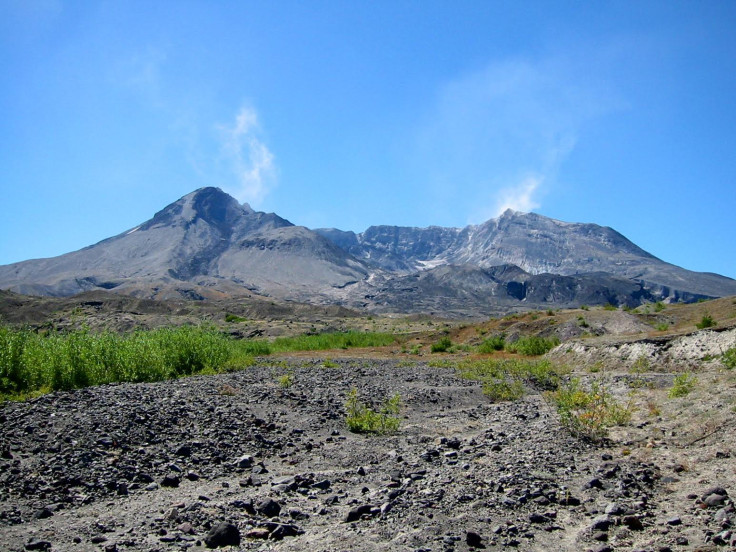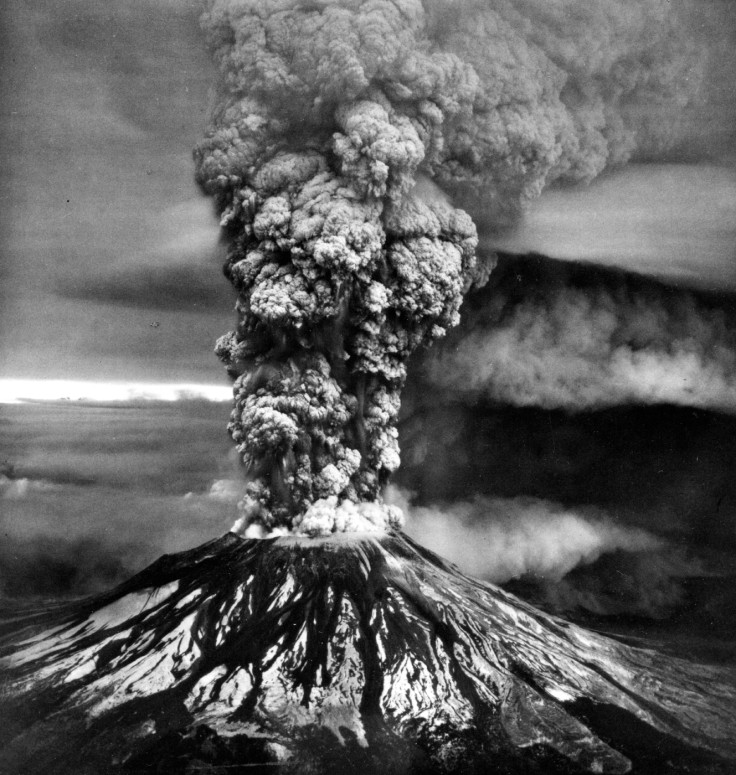Mount St Helens 1980 eruption: Crystals in magma could have signalled volcano was set to blow
Tracking the crystal movement in a volcano's magma could help scientists predict future eruptions.

The movement of crystals within the magma of Mount St Helens could have indicated that an eruption was imminent, scientists have said. Furthermore, they believe this movement could be used to predict future eruptions at the volcano – which has recently shown signs of 'recharging'.
Thirty six years after the volcano killed an estimated 57 people, researchers found there was significant movement of magma in the three years before the eruption. They found crystals had moved from a depth of 7.5 miles below the volcano to 2.5 miles.
Eruption of Mount St Helens
The eruption of Mount St Helens took place on 18 May 1980. It sent a column of rock, ash and gas 15 miles into the air and deposited ash across 11 states. The volcano had shown signs of seismic unrest from March, with hundreds of earthquakes being recorded by the end of the month. The eruption released 24 megatons of thermal energy and caused widespread destruction, with pyroclastic flows pouring out of the crater at up to 80 miles an hour, covering an area of six square miles.
"This indicates that the magma system beneath the volcano had become destabilised, probably in the months to years before the eruption", said Jon Blundy of the University of Bristol. "What we are doing is not a real-time monitoring, but a retrospective study of what happened prior to the last eruption. Now we have found this movement, it's reasonable to assume that similar movement will precede any further eruptions from this and perhaps many other volcanoes."
Blundy and an international team of researchers were looking at crystal movement in the build up to the 1980 eruption as they serve as a marker of magma movement – similar to the way that tree rings signal growth. "The crystal layers, just a few hair's breadths across, have a distinct chemical composition that reflects the conditions under which they grew in the underground magma system prior to eruption. In other words, they can show where they were formed and the pressure and temperature conditions at the time of formation," he said.
"If you can read the record preserved in the zoned crystals, you can learn where and when molten magma has moved under the volcano. Rapid upwards movement of magma at depths of several kilometres is a pretty good indication that something significant is happening. We have found a way of correlating the crystal composition to where they came from."
The team, presenting their findings at the Goldschmidt geochemistry conference in Yokohama, Japan, found significant movement in the magma before the eruption – a discovery they say could help predict the next big eruption at Mount St Helens. They hope to start monitoring the magma crystals of this and other volcanoes – including Uturuncu in Bolivia and Mount Pinatubo in the Philippines – to look for similar movement.
"There is probably no single factor which can predict when a volcano erupts," Blundy said. "What we have found, namely destabilisation of deeply stored magma and its ascent to shallow levels in the crust, may be one key factor, which may be especially useful in circumstances where we can monitor a volcano closely over a period of years."

© Copyright IBTimes 2025. All rights reserved.






















